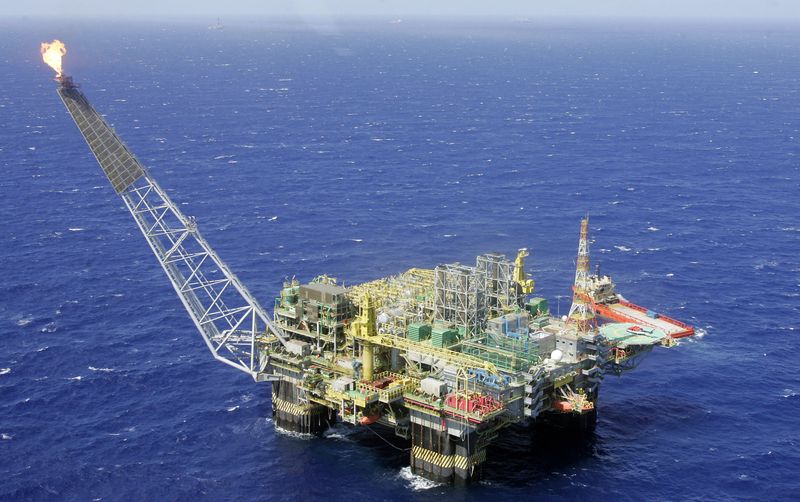Oil prices settle slighter higher as potential Iran retaliation in focus
Oil prices settled slightly higher Tuesday, underpinned by potential supply disruptions amid fears Iran is preparing an imminent retaliation against Israel following the recent killing of an Hamas leader in Tehran.
At 14:30 ET (18:30 GMT), Brent oil futures gained 0.3% to $76.56 a barrel, while West Texas Intermediate crude futures rose 0.5% to $76.56 a barrel. Iran, Hamas retaliation against Israel in focus
Iran and Hamas vowed retaliation over the killing of a Hamas leader Ismail Haniyeh in Tehran.
On the Lebanon front, Israel continued its offensive against Hezbollah, also keeping the threat of retaliation from the military group high. Israel claimed it had killed a key Hezbollah leader last week.
"Recent escalations in the Middle East, including the assassinations of Hezbollah and Hamas leaders, have heightened fears of a broader regional conflict," Rystad Energy said in a recent note.
"These events seem to have disrupted ceasefire negotiations in Gaza, complicating mediation efforts and worsening the humanitarian crisis," it added. US weekly crude data eyed
While Middle East geopolitical tensions are expected to remain in the spotlight, fresh data on domestic crude inventories is also likely sway price action.
The API data due later in the session is expected to show that U.S. crude inventories fell by 3.1 million barrels for the week ended Aug. 1.
The data come ahead of official government weekly petroleum report due Wednesday. Growth concerns remain in play, more China data awaited
However, oil prices were nursing steep losses through the past month, having slumped to seven-month lows on concerns over slowing growth and demand.
The weak U.S. labor readings, Friday's nonfarm payrolls in particular, were preceded by dismal readings from China, especially on the country’s manufacturing sector. The weak Chinese data added to concerns over slowing demand in the world’s biggest oil importer.
More readings from China are due later this week, with trade data for July in particular focus for insight into the country’s oil imports.
Inflation data is also expected to provide more cues on China’s economy, particularly retail fuel demand. Goldman sees Brent floor at $75/bbl
Goldman Sachs flags that the sharp decline in oil prices over the past week has coincided with similar drops in equity prices and bond yields. This movement suggests that macroeconomic fears, rather than oil market fundamentals, are the primary drivers behind the selloff.
Despite these concerns, Goldman Sachs maintains confidence that the $75 floor for Brent oil prices will hold, driven by several key factors, including resilient oil demand, limited recession risk, and potential recovery in speculative positioning.
The analysts note that oil demand remains robust in Western economies and solid in India. US gasoline demand, European oil product consumption, and jet fuel use in OECD countries show above-trend growth.
In fact, US oil demand reached an all-time high in May, up 2% year-over-year, and Indian oil demand in July remained strong, rising 4% year-over-year according to state-owned refiners.
Goldman sees room for speculative positioning in oil markets to recover. Current speculative positioning is at very low levels, providing potential for a rebound as growth sentiment improves.
(Peter Nurse, Ambar Warrick contributed to this article.)
Source: Investing.com
